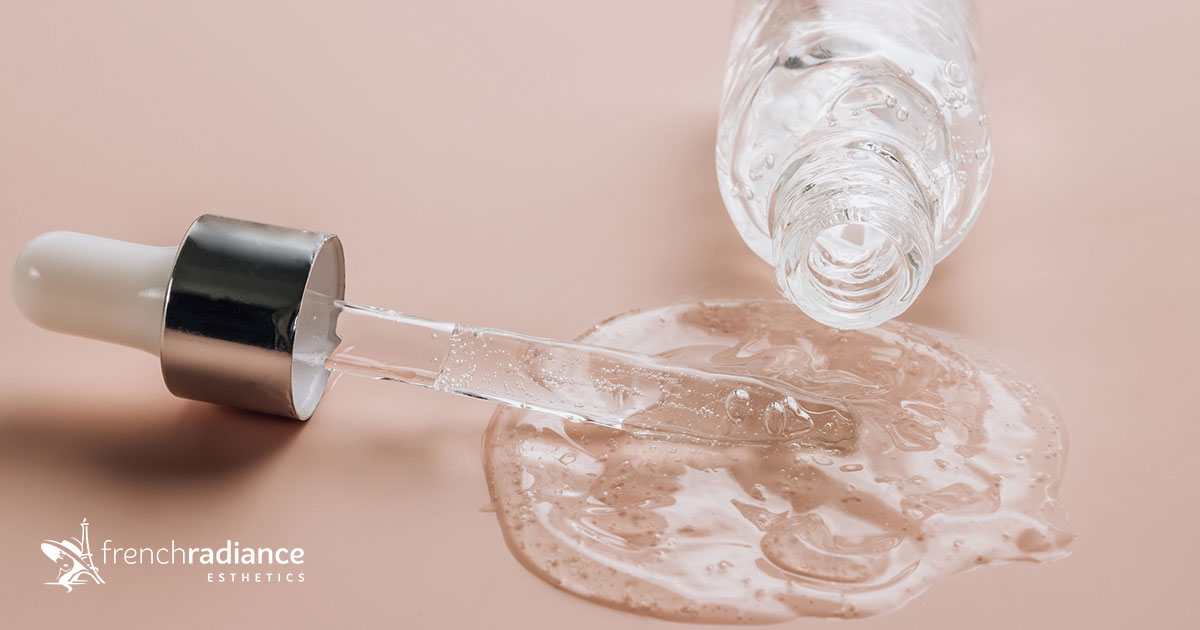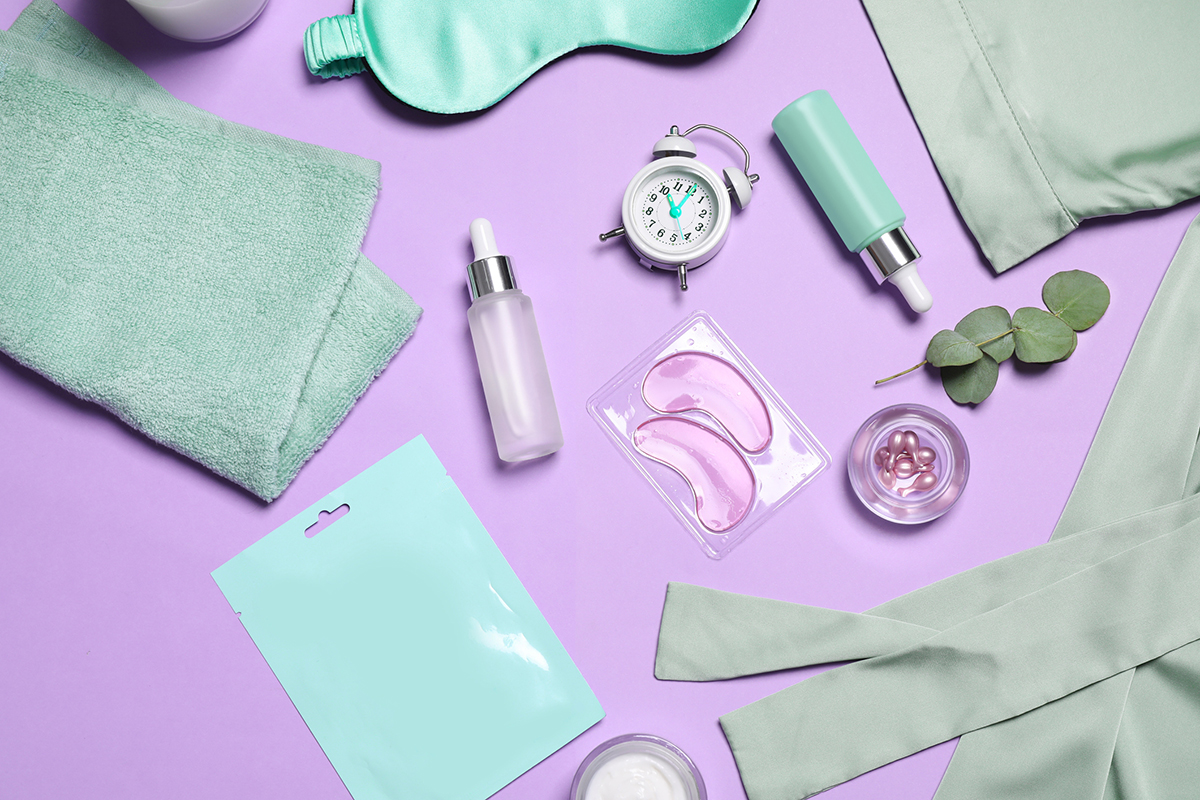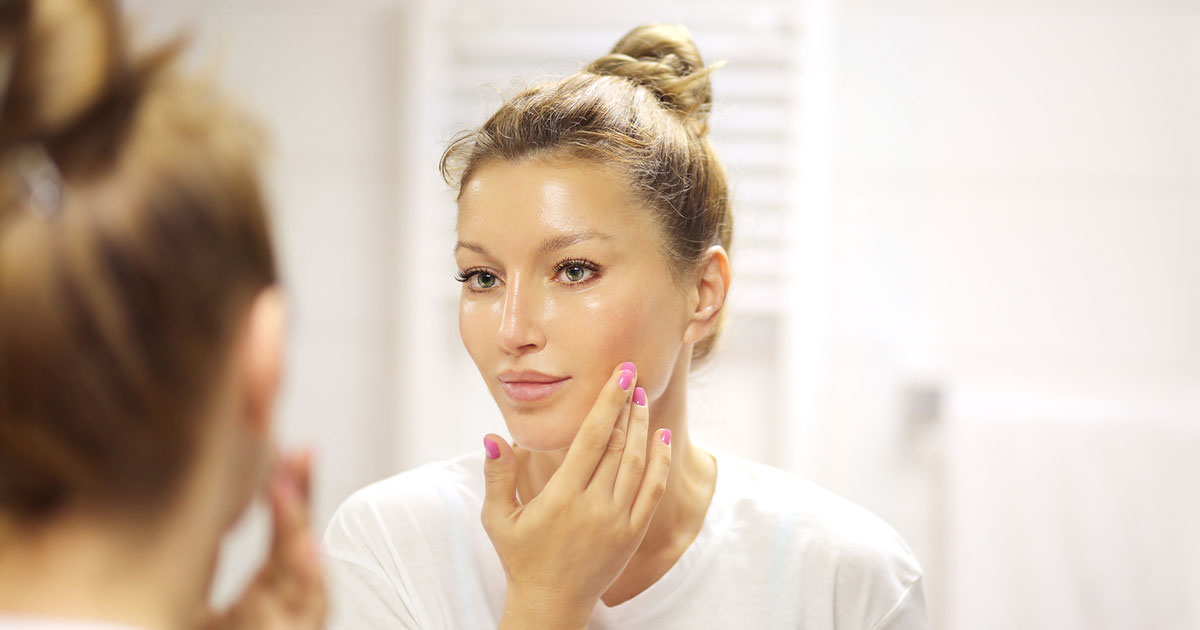
Dry weather can be tough on your skin. Whether you live in the dry heat deserts of Arizona, preparing for a visit soon, or researching skincare tips for winter skin, the impact of dry weather on your skin can truly turn a good complexion bad.
The first time people visit or move to Arizona, they often experience dry skin, chapped lips, and a general feeling of being dried out. This is an entirely normal reaction if you do not take steps to protect your skin against the dry climate. By understanding and implementing skincare tips for dry weather, you can avoid the harsh effects of this climate and keep your skin looking great.
Is Dry Weather Bad for Skin?
Yes, dry weather can be bad for the skin. In fact, it is one of the most common reasons people experience skin problems.1 When the humidity drops, the skin’s ability to retain moisture is reduced, leading to dryness, itching, scaling, and cracking. In severe cases, dry skin can become inflamed and infected.
What Are the Signs of Dry Skin?
Dry skin is most characterized by a feeling of tightness, especially after showering or bathing.2 Some other common indicators of dry skin include:
- A lack of moisture. Your skin may feel rough or look ashy and dull.
- Redness. Your skin may feel inflamed, especially after washing.
- Itchiness. You may experience a sense of itchiness, especially after bathing or showering.
- Cracks in the skin. You may see small cracks in your skin, which can be painful.
- Scaly patches. In more severe cases, you may develop patches of scaly skin.
Each of these symptoms of dry skin is a sign that your skin is not getting the moisture it needs. These uncomfortable and unflattering signs are important to pay attention to, as they can worsen if left untreated.
What Can Serious Cases of Dry Skin Lead To?
Ignoring the signs of dry skin can lead to more severe health issues down the road due to a lack of treatment.3
These include:
Eczema
A chronic, irritating skin condition that causes the skin to become inflamed, itchy, and cracked. Signs of eczema include redness, scaling, crusting of the skin, and clusters of small bumps.
Dermatitis
Skin irritation can cause the skin to become dry, itchy, flaky, and swollen over time. This condition is called dermatitis.
Psoriasis
A chronic autoimmune skin condition that causes thick, red skin patches with silvery scales.
Rosacea
A chronic skin condition that causes the face to become flushed and irritated, giving you a constant “sunburned” look.
How to Protect Your Skin From Dry Weather

There are a few key ways to protect your skin from the harsh effects of dry weather.
These include:
Drinking Plenty of Water
This is essential for keeping your skin hydrated from the inside out. Drink at least eight glasses of water a day to help keep your skin healthy and looking its best. When you consume water, it travels through your body and helps to hydrate your skin from the inside out.4 Ensuring we reach our daily water intake quota is one of the most important things we can do for our skin health and is why the message to drink lots of water is something that we hear constantly.
Applying Moisturizer Regularly
Applying a moisturizer to your skin after showering or bathing is one of the most important things you can do to protect your skin from the drying effects of the climate.5 Look for a moisturizer that is labeled “humectant” or “hydrating.” Humectant moisturizers work by trapping water molecules in the skin and preventing them from evaporating, and this helps to keep your skin hydrated and looking its best.
Many traditional moisturizers also contain ingredients like petrolatum and mineral oil that help to lock in moisture. They can also include harmful chemicals that can hurt your skin in the long run. For this reason, it’s important to read the ingredients list of any moisturizer you are considering using and to choose one that is free of harmful chemicals.
Wearing Sunscreen
Sunscreen is important year-round, but especially so during the winter months when the sun’s rays are less direct and many people assume they are safe. Sunscreen helps protect your skin from harmful UV rays that can cause damage to your skin over time.6
Look for a sunscreen labeled “broad-spectrum” and has an SPF of 30 or higher. It is important to note that from time to time, we need to allow our bodies to get some sun exposure to produce vitamin D. However, if you are going to be spending a significant amount of time in the sun, you should wear sunscreen to protect your skin from UV damage.
Using a Humidifier
A humidifier can help add moisture back into the air and prevent your skin from drying out.7 If you live in a dry climate or have central heating in your home, using a humidifier can be a great way to help improve your skin condition. Setting the humidifier up in your bedroom at night can be a great way to help improve your skin condition while you sleep.
Don’t Overuse Exfoliants
Exfoliating your skin can be a great way to remove dead skin cells and improve your skin condition. However, over-exfoliating can actually do more harm than good. Exfoliating your skin too often can strip away the natural oils that help to protect your skin from drying out.8 When this happens, after dealing with dry skin, your skin will produce more oil to make up for the lost oils, leading to acne and other skin problems. For this reason, you should exfoliate your skin no more than once or twice a week and avoid over-exfoliating.
Introduce a Serum to Your Skincare Regimen

Serums are a great way to add an extra layer of hydration to your skin.9 They are often thinner in texture than moisturizers and are loaded with hydrating ingredients like glycerin, hyaluronic acid, and aloe vera. Serums can be used in place of a moisturizer or in addition to it depending on your skin type. If you have dry skin, using a serum can be a great way to add extra hydration and help improve the condition of your skin. Many people overlook serums, but they can be a great addition to your skincare routine to keep you looking your best and avoiding dry skin.
Don’t Underestimate Hand Cream
Hand cream is often overlooked, but it is an important part of any skincare regimen. Our hands are constantly exposed to the elements, and they can often be the first place to show signs of aging and dryness. Look for a hand cream rich in emollients, like shea butter, and that is fragrance-free, as fragrances can irritate the skin.
Apply hand cream liberally to your hands and massage it in until it is fully absorbed. Doing this a few times a day can help keep your hands looking and feeling their best. Many people think they can use regular body lotion on their hands, but this is not the case. Hand cream is designed specifically to hydrate and protect the delicate skin on our hands and is a different formulation that serves a much different purpose than body lotion.10
Using an Overnight Face Mask Before Bed
An overnight face mask can be a great way to add an extra layer of hydration to your skin before bed. The ingredients in the mask are absorbed by your skin throughout the night, providing you with all-night intense hydration.
Vitamin Injections
In some cases, dry skin can be a sign of a vitamin deficiency. If you are experiencing extreme dryness and your skincare regimen isn’t helping, it might be worth getting a vitamin injection to reverse the deficiency. A vitamin injection or IV infusion can help improve your skin’s condition, help you feel more energized, and accelerate the healing process over other solutions.11
French Radiance Esthetics: The Key to Eliminating Dry Skin for Good
If you are looking for a long-term solution to eliminating dry skin, we offer various treatments specifically designed to hydrate and nourish the skin, including our signature Pure Hydration vitamin injection – a cocktail of vitamins and minerals injected directly into the skin to help improve its condition.
Sources:
- Amin, R., Lechner, A., Vogt, A., Blume-Peytavi, U., & Kottner, J. (2021). Molecular characterization of xerosis cutis: A systematic review. PloS one, 16(12), e0261253. https://doi.org/10.1371/journal.pone.0261253
- Wan, D. C., Wong, V. W., Longaker, M. T., Yang, G. P., & Wei, F. C. (2014). Moisturizing different racial skin types. The Journal of clinical and aesthetic dermatology, 7(6), 25–32.
- Farage M. A. (2019). The Prevalence of Sensitive Skin. Frontiers in medicine, 6, 98. https://doi.org/10.3389/fmed.2019.00098
- Popkin, B. M., D’Anci, K. E., & Rosenberg, I. H. (2010). Water, hydration, and health. Nutrition reviews, 68(8), 439–458. https://doi.org/10.1111/j.1753-4887.2010.00304.x
- Purnamawati, S., Indrastuti, N., Danarti, R., & Saefudin, T. (2017). The Role of Moisturizers in Addressing Various Kinds of Dermatitis: A Review. Clinical medicine & research, 15(3-4), 75–87. https://doi.org/10.3121/cmr.2017.1363
- Dale Wilson, B., Moon, S., & Armstrong, F. (2012). Comprehensive review of ultraviolet radiation and the current status on sunscreens. The Journal of clinical and aesthetic dermatology, 5(9), 18–23.
- Use and care of home humidifiers. U.S. Environmental Protection Agency. https://www.epa.gov/indoor-air-quality-iaq/indoor-air-facts-no-8-use-and-care-home-humidifiers. Accessed Feb. 9, 2021.
- Neill U. S. (2012). Skin care in the aging female: myths and truths. The Journal of clinical investigation, 122(2), 473–477. https://doi.org/10.1172/JCI61978
- Werschler, W. P., Trookman, N. S., Rizer, R. L., Ho, E. T., & Mehta, R. (2011). Enhanced efficacy of a facial hydrating serum in subjects with normal or self-perceived dry skin. The Journal of clinical and aesthetic dermatology, 4(2), 51–55.
- Sethi, A., Kaur, T., Malhotra, S. K., & Gambhir, M. L. (2016). Moisturizers: The Slippery Road. Indian journal of dermatology, 61(3), 279–287. https://doi.org/10.4103/0019-5154.182427
- Pullar, J. M., Carr, A. C., & Vissers, M. (2017). The Roles of Vitamin C in Skin Health. Nutrients, 9(8), 866. https://doi.org/10.3390/nu9080866